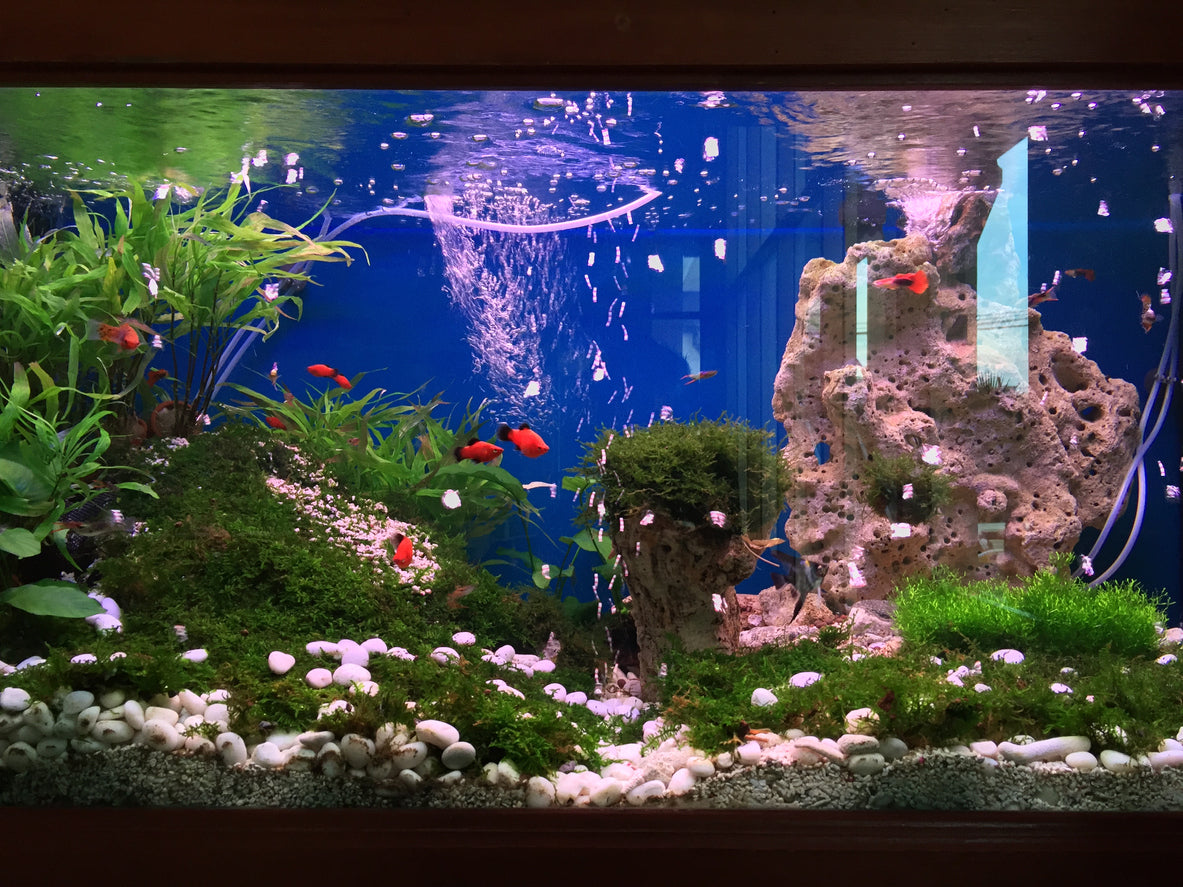
Innovation in Adhesive Technology: How CA Glues Are Revolutionizing Aquascaping
When you think of underwater landscapes, adhesive might not be the first thing that comes to mind. But in the world of aquascaping – the craft of arranging aquatic plants, rocks, stones, and driftwood in an aesthetically pleasing manner within an aquarium – the role of a reliable adhesive is vital. One particular innovation in adhesive technology, the Cyanoacrylate (CA) glue, has proven to be a game-changer for aquascaping enthusiasts and professionals alike.
Understanding CA Glues
CA glues, often referred to as super glues, are known for their quick bonding capability, strength, and versatility. However, not all CA glues are the same – their properties can greatly vary depending on their viscosity. Viscosity, measured in centipoise (CPS), refers to the 'thickness' or 'thinness' of a liquid. A higher CPS indicates a thicker adhesive, while a lower CPS means the adhesive is thinner and flows more freely.
When it comes to aquascaping, a medium viscosity CA glue offers distinct advantages. It possesses the right balance of fluidity and thickness, making it ideal for tasks that require precise control and strong bonding without excessive soaking or run-off.
Revolutionizing Aquascaping
Traditionally, the aquascaping process involved positioning rocks and other materials, then waiting for natural biofilm and algae growth to help hold the structure together over time. This method was time-consuming and often precarious, with structures susceptible to collapse while waiting for the natural bonding process.
Enter the medium viscosity CA glue – a fast-curing adhesive that doesn't soak into the pores of rocks and stones used in aquascaping. This unique property allows aquascapers to secure their underwater landscapes more effectively, speeding up the creation process while ensuring the durability and stability of their designs. The adhesive cures quickly in the presence of water, making it perfect for use in aquascapes without having to drain or significantly disturb the aquarium environment.
A crucial element of this CA glue revolution is the ability to provide reliable bonds without harming the delicate balance of the aquarium. High-quality CA glues are safe to use in fish tanks and do not release any toxins that could harm aquatic life.
The Future of Aquascaping
The introduction of medium viscosity CA glues into the aquascaping world has marked a significant shift in how underwater landscapes are created and maintained. As adhesive technology continues to evolve, we can expect even more innovations that will further streamline aquascaping processes and broaden creative possibilities.
Whether you're a seasoned professional aquascaper or a home hobbyist, understanding the role of adhesive technology, especially the impact of CA glues, can enrich your aquascaping journey. The right glue doesn't just hold things together – it empowers creativity, bolsters durability, and ultimately, transforms a fish tank into a thriving, dynamic work of art.
